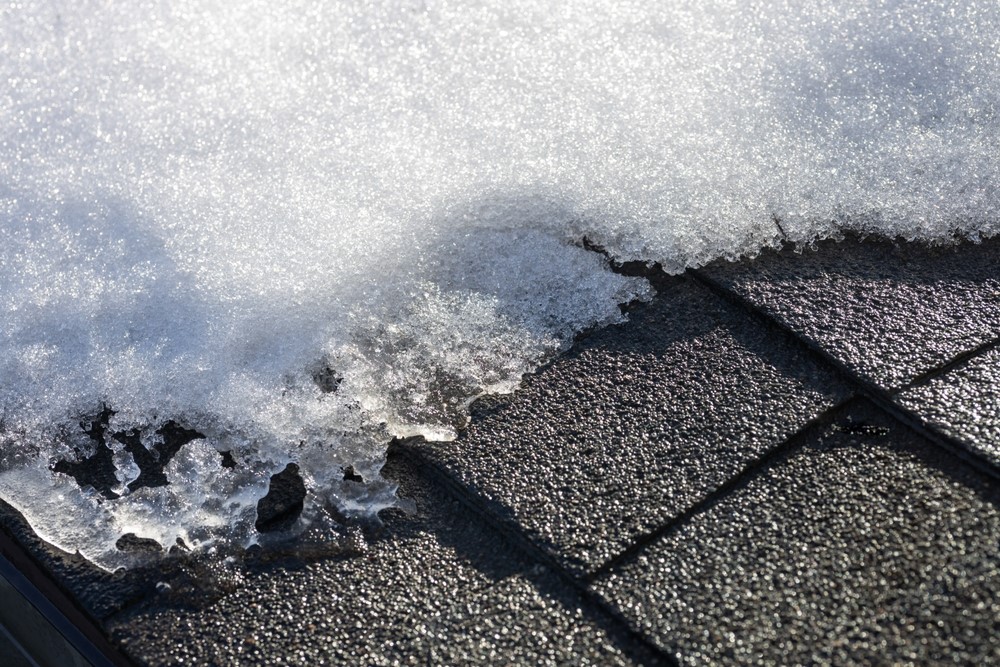Gutters are an integral part of every home. They help to direct water away from the house and its foundation so you can avoid things like rotting soffits and flooding basements. When it comes time for gutter replacement, you have some options to choose from. Many homeowners choose to put up vinyl gutters themselves because they go up quickly and easily. Other homeowners opt to have aluminum or copper gutters installed by professionals. Whichever option you choose, make sure you understand how gutter installation works so you can make the best decisions for your home (whether you do the gutter installation yourself or hire a contractor).
Before Gutter Installation
Before installation can be carried out, you or the installer should take the time to walk around the house’s perimeter. Not every section will need gutters, and those that do should be angled toward a part of your yard that slopes away from your home. This way the water carried to the downspouts by your gutters will run away from your house’s foundation and not seep back into your basement.
During this time, you should also take careful measurements and mark where each inside and outside corner is. This should be done prior to purchasing materials, so you know exactly what pieces to buy, and how many gutter lengths you need.
Materials for Gutter Installation:
- Ladder
- Enough 10-foot lengths of gutter to surround your home, plus 10 percent extra for cuts
- Inside and outside corner gutter pieces corresponding to your house’s shape
- Spout for each end of run
- Spout elbows
- Hangers
- Enough end caps to complete each run of gutters
- Outlet cups for each end of a run
- Universal pipe strap
- Hack saw
- Gutter connectors
- Drill with 1/4 inch drill bit
- 4-inch diameter hole drill bit
- Galvanized metal screws
- Gutter connectors
- Level
- Measuring tape
- Chalk
- Exterior silicone caulk
How to Install Gutters:
- Find the section of your home that you want to begin your gutter run. This should be opposite where it will eventually end in a spout. Measure down ½-inch and place a chalk mark here.
- Move to the other end of the run of gutters and measure down 1/2 inch here as well. Use a level to check that the area between these two spots is level.
- To function properly, gutters need to be installed at a slope of 5/8-inch down for every 10-feet of gutter over.
- Calculate the slope and mark the wall with chalk to indicate the run.
- Attach the first gutter hanger to the wall at the start of the run. Attach the next hangers every 16-inches around the perimeter of the home. Remember to follow the slope as you attach the hangers so your gutters will run in the right direction.
- Begin installing the gutters along the slope line, attaching them to the hangers as you go.
- Connect the gutters to one another using the screws and connectors. Cut any lengths of gutters that are too long for your home with a hack saw. Attach the corner pieces at each appropriate point to move around the home.
Place an end cap onto the open end of a gutter at the end of each run.
Drill a hole into the bottom of the gutter at the end of each run for the drain spout. Drill a 4-inch hole into the bottom of the gutter and attach an outlet cap to help attach the gutter to the spout.
Run the spout down the side of the home. Use pipe strap to secure the gutter as it runs down your home, screwing the ends of the strap right into our siding. Remember to use as pout elbow to direct the water away from your home at the bottom. - Run a bead of silicone caulk into the connectors between each piece of gutter to form a waterproof seal.
Have Your Gutters Installed Right
When it comes time for gutter replacement, make sure you get the job done right, either by taking the time to do it yourself, or by understanding how the job is done so you can make the right hiring decision for an installer to do it for you. When your gutters are installed properly, they’ll help protect your home from water damage for years to come.
Subscribe to NV Roofing's Blog







